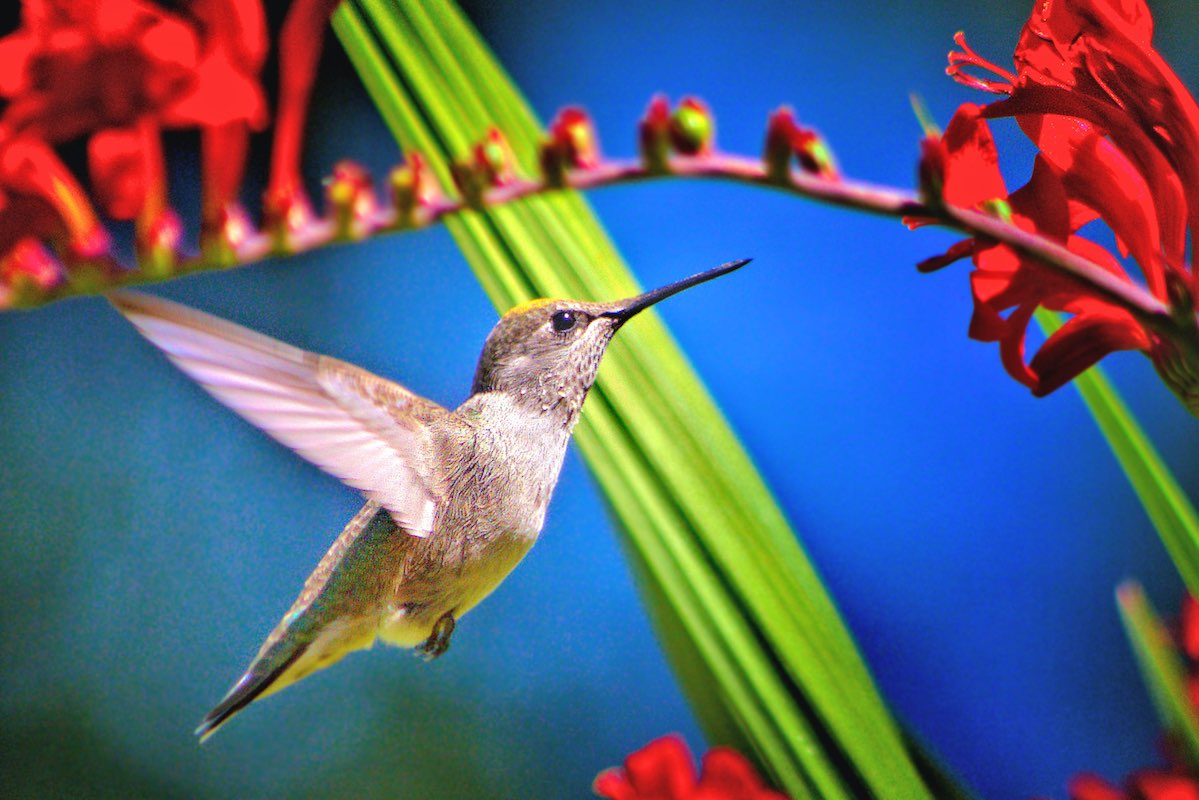We can all relate to waking up to a jam-packed routine: workday, house chores, perhaps kids’ school projects, and all sorts of adult responsibilities. And weekends aren’t much different: meeting with family and friends, attending kids’ parties, social gatherings, seasonal events – the list goes on and on! Oh, and let’s not forget about adding workouts, yoga, and meditation into our schedules. Sound familiar?
Two practices that have made a huge difference in my life are gratitude and compassion. These are available to us in the blink of an eye. Science suggests these two practices offer physical, physiological, and social benefits, and are even linked to lower blood pressure, increased optimism, decreased loneliness and isolation, and protection against anxiety and depression.
Who doesn’t want to reap those benefits? In their research paper on mindfulness and self-compassion, Kristen Neff and Katie A. Dahm suggest, “When we are mindful, we are experientially open to the reality of the present moment without judgment, avoidance, or repression.” Practicing mindfulness helps us become aware of our own patterns and emotions, and we can use self-compassion to embrace our feelings and attitudes with care and tenderness. With self-compassion, we learn to take care of ourselves in the same way you would care for a friend in need. In our fast-paced society, we need the time to slow down and take practical actions to help us navigate our world with more inner emotional balance.

In my perception, this inner place is like a little bucket that we can refill with these human qualities, have access to, and get scoops out of as needed. Just picture that! When difficult times arise, we visit our little friend, the “bucket of emotional gifts,” and contentedly get from it what we need (in any amount), use these qualities, and move on.
Simpler said than done, right? How do we make sure our bucket is full and not running out? Practice gratitude and compassion for yourself. Self-care is necessary. Our human nature requires that we nurture ourselves, our minds and hearts, and tend to our physical bodies. Try these methods:
- Go outside. Take the time (perhaps during lunch) to go out for a short walk. Literally stop and smell the flowers. Choose to be thankful for the wonders of nature. Recharge with the energy of the sun light and the optimism of enjoying one more day, one more moment of joy.
- Bring to mind an image that brings you joy. Are you experiencing a challenging time? For a moment, choose to focus on an image that brings you happiness and joy. Visualize a place you visited in the past that brings you great memories. Call to mind the feelings of happiness that come to your mind and heart. Stay with the visualization for two to three minutes. Choose to be thankful for the opportunity to reflect, knowing that everything will be ok and all will pass, like clouds move in the sky.
- Meditate. All it takes is a few minutes. Find a quiet place, preferably outside. Take the time to enjoy the surroundings and notice the colors and sounds. Witness your breathing, simply inhaling and exhaling. Take a moment to be with yourself. Let your thoughts be – notice how they come and go, and reconnect with your breath. Bring to mind something you are thankful for about yourself. For example: “Today I’m thankful because I can see the green plants in front of me, the different colors in the flowers, and listen to what is happening around me.” Practice daily, and soon you will start noticing the benefits.
- Watch this short video on Modern Day Compassion. This will give you more perspective about our natural, compassionate instinct.
Practicing and inviting feelings of gratitude and compassion for ourselves is an act of courage that requires constant effort and a willingness to be vulnerable. Most of us are not used to regularly offering ourselves kindness, but the good news is we can deliberately choose to be compassionate and kind, plus show gratitude for what we have and even for what we don’t have (and most likely don’t need).
Consider how you can show more gratitude and compassion to yourself in your everyday life and how that may impact others. How can you keep your “bucket of emotional gifts” accessible so you can move on in your life with resilience and emotional wellbeing? These are questions you may want to ask yourself in this present moment.













